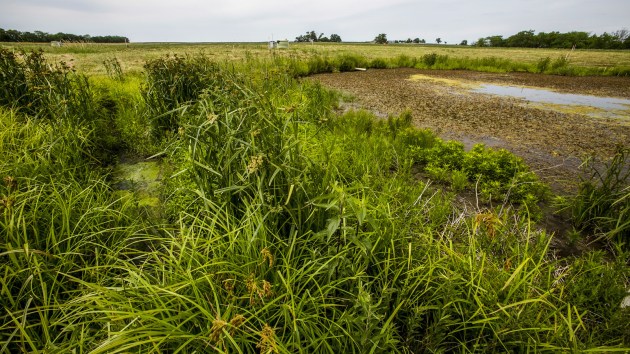Discover stories in Conservation Science
Oceans and Climate Change: Protecting the “Invisible”
Coral bleaching, increasing storms, the loss of polar bears: many impacts of climate change are already vivid in our minds. We naturally worry about the things we can see. Huge waves and the loss of big fish and colorful corals get our attention. But what about things we can’t see, like the tiny creatures called plankton? They are also poised for dramatic changes. A recent dive in the sapphire waters of the Caribbean offers a close encounter with plankton. While most of my dive buddies hurry to reach the bottom, I linger as I usually do, pondering the “blue” and looking out for the visible and the invisible. Suddenly, clouds of tiny filaments come sharply into focus. It’s blue-green algae--Trichodesmium--a type of phytoplankton that plays an important role in these nutrient-poor waters. They essentially break gaseous nitrogen’s tough triple bond and convert it into a form other phytoplankton can feed on. What would these waters look like without them?
Building Wetlands for Clean Drinking Water
Can building wetlands reduce dangerous high nitrate levels and thus provide clean, safe drinking water for thousands of people? Yes. But, when it comes to ensuring clean water, not all wetlands are created equal. Biologists know how to restore great wetlands to draw in ducks and shorebirds. Restoring wetlands to also help people may require a different approach. That’s the focus of an intensive research effort conducted by Nature Conservancy scientists on the Mackinaw River watershed in central Illinois. The wetlands—while providing wildlife habitat and healthier rivers—are being designed and tested to provide safe drinking water for the 90,000 residents of Bloomington, Illinois and surrounding communities where the town’s primary reservoir has had a history of high nitrate levels.

